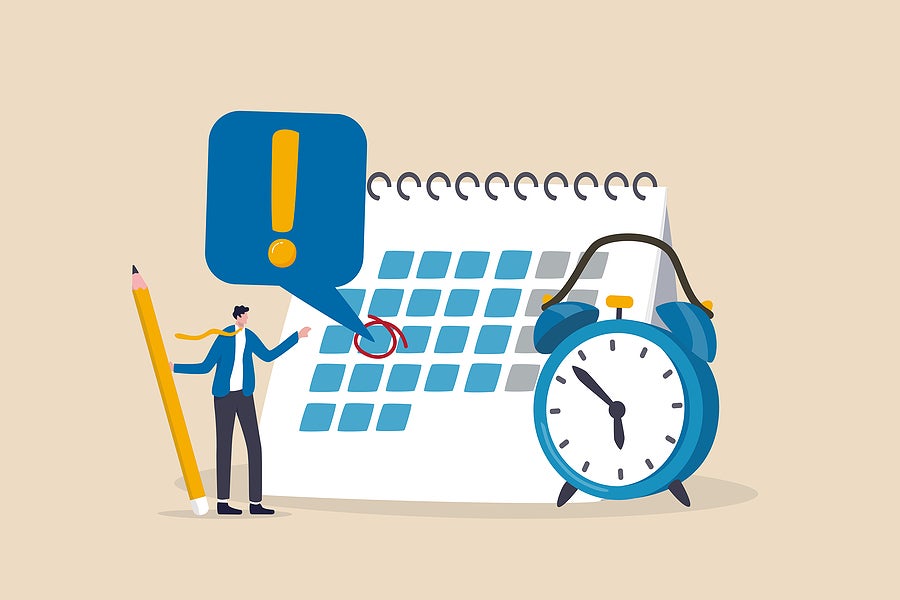We’re only four months into the Medicaid unwinding and the scale of coverage loss for procedural reasons is already staggering. An estimated 1.6 million individuals have lost coverage, with 71 percent terminated for procedural reasons. Stories are trickling in about why these procedural disenrollments may be occurring, including families not getting notices in the mail.
While CMS has released a new set of strategies states can adopt to mitigate procedural disenrollments, there are other enrollee-facing approaches to address this problem as well. One key strategy is to help enrollees identify their renewal dates.
Knowing when their renewal is due allows an enrollee to be on the lookout for forms or notices with information needed to maintain Medicaid coverage. Especially given that states have adjusted some enrollees’ renewal dates to align household renewals or SNAP renewals, prioritize certain groups, etc. Some states have made renewal dates accessible through an enrollee’s online account. For example, Illinois not only provides enrollees their renewal date at abe.illinois.com (the state’s online benefits portal), but the state’s FAQs on the unwinding also provide specific information on how to navigate to find the information and emphasize that renewal dates will be spread across the year and therefore will vary. Tennessee has gone a step further by publishing a handout with step-by-step instructions on the process of locating renewal dates through an enrollee’s online account.
All states with online Medicaid accounts (48) should add functionality for enrollees to access their renewal dates, if they haven’t already. We have identified thirteen states that indicate individuals can find their renewal dates via an online portal. States should not just rely on providing renewal dates through online accounts though. Some individuals, like those living in rural areas with limited broadband access, may be unable to access Medicaid information online. And we have already heard of a few states where the process of getting into already-established online accounts is onerous, like in one state where enrollees had to wait on hold with the call center to reset their password.
So what are some other options states can use beyond enrollee online portals?
Giving providers access to renewal dates for patients with Medicaid is one option, which allows providers to inform enrollees of upcoming renewal dates when they come in for an appointment. Some states have done this by permits providers to access the state’s online portal. Take Kentucky – in addition to providing access to the online portal where a patient’s renewal date can be found, the state has developed an explainer of where renewal dates can be found on the portal and has information on where providers can direct patients for assistance with their renewal. Other states are providing lists of renewal dates to managed care organizations, who in turn share the lists with providers. There are only two states that we have found that have explicitly discussed giving providers patient renewal dates, through either sharing option (KY and TN).
States are taking other innovative approaches to notify enrollees of their renewal dates. Rhode Island upgraded its mobile app to identify an enrollee’s renewal date and inform enrollees when their renewal packet had been sent. Other states are sending text messages to enrollees with their renewal dates, or having MCOs do so. Wisconsin mailed enrollees letters at the beginning of the unwinding, notifying them of when their renewal would be due. Assisters in some states may be able to access renewal dates via an online portal; however, only about half of states have an assister portal so this is not an option in all states. My colleague Tricia Brooks has also discussed other approaches states should consider, like a dedicated hotline.
As states are shifting to the next phase of communications that encourage enrollees to “check your mail” for their renewal form, they should also incorporate information on how enrollees can find their renewal dates (so they know when they should be checking their mail). Not only does this avoid people flooding call centers asking where their renewal is, but it allows individuals to know when they should be on the lookout for their renewal forms. As mentioned earlier, enrollees in some states have reported having their coverage terminated despite never having received a renewal form or a notice – knowing when their renewal is due provides enrollees an opportunity to contact the Medicaid agency when they have not received their renewal or a notice to prevent losing coverage for procedural reasons.
The more unwinding data we get from states, the clearer it becomes that more needs to be done to address the large scale of procedural disenrollments currently occurring. Though it is not the cure-all to the problem, states maximizing the options to make enrollees aware of when their renewal is due may is one piece of the puzzle.
[Editor’s Note: This is the 38th blog in the Unwinding Wednesday series. For more information, visit our PHE Unwinding resource page where you’ll find other blogs in this series, reports, webinars and the 50-state tracker.]



